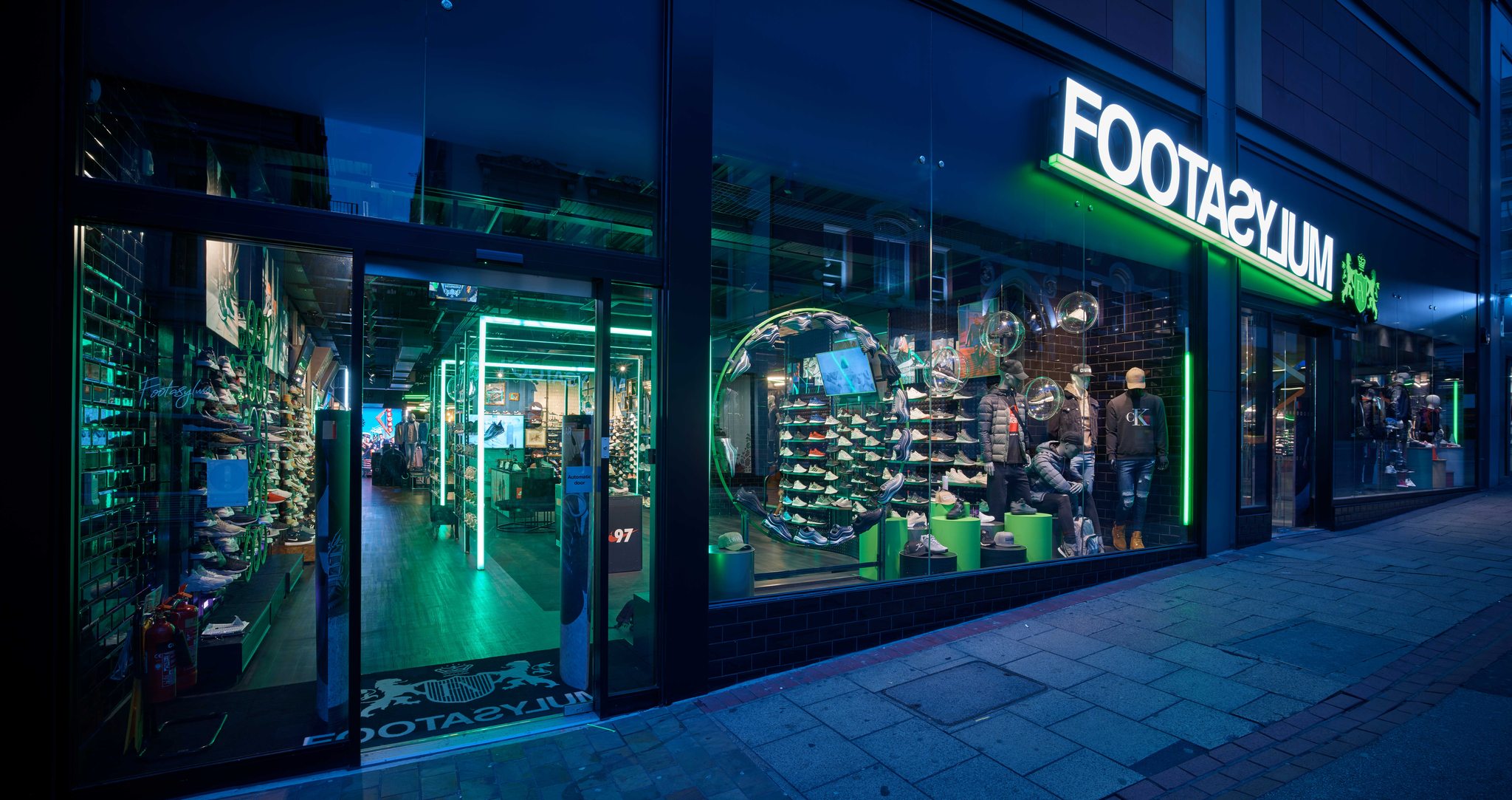Customer segmentation: say hello to headless segmentation, a new approach to marketing
By Catherine Frame on November 16, 2022In the current turbulent economic times, marketing teams are having to think more creatively as they wage the battle to acquire, engage and retain their customers.
Acquisition costs rose by as much as 60% between 2018-2022, which places increased pressure on marketeers to acquire more of the right kind of customers — those that are likely to have a higher lifetime value — and to retain them for as long as possible. But where do they start?
Acquiring a new customer is anywhere from five to 25 times more expensive than retaining an existing one.
Harvard Business Review
How do teams know who to target, when to reach them, what products they’re interested in and their preferred channel?
Many businesses are already well aware of the benefits of effective, data-driven customer segmentation. For example, segmentation makes firms 60% more likely to understand customers’ challenges and concerns and 130% more likely to know their intentions.
Here at Peak, we’re taking customer segmentation one step further. We’re doing this by pioneering a new marketing approach that we’re calling headless segmentation. What do we mean by headless segmentation? Let’s start with the easy bit: segmentation.
What is customer segmentation?
Customer segmentation is a fundamental principle of marketing. It is the process of creating cohorts of customers, divided into groups of similar commonalities such as demographics, product preferences or value to a company. So, how is headless segmentation any different?
Why is customer segmentation important?
Get clued up on the wonderful world of customer segmentation with our in-depth guide.
What is headless segmentation?
When we say headless segmentation, we mean that the segmentation isn’t tied to a specific system or channel. The segmentation can therefore be used across multiple platforms and systems, to provide a consistent journey to a customer.
With headless segmentation you can join up previously-siloed sources and create new granular customer segments that give you a clearer view of the likes, dislikes and buying patterns of each individual. Gone are the days of looking at customers and their behaviors in an isolated view. To win in the modern era, marketing teams operating in every industry must focus on creating a seamless experience for their customers, across all available touchpoints — from email marketing and onsite recommendations to social media ads and the in-store experience.
The only way to effectively do this is to employ an effective headless customer segmentation strategy. By taking the steps required to remove channel bias and data silos, and looking at meaningful cohorts driven by key and integral data points, you can ensure that you’re always serving your customers in the best way possible.
Who’s responsible for headless customer segmentation?
So, who needs to drive a headless segmentation strategy? In short, everyone within your organization, not just your marketing team!
Headless Segmentation breaks down the data silos that exist between your channels and your business-wide systems. Therefore, the only way to deploy this approach successfully is for all the teams within your organization to work collaboratively, with the same common goal in mind — and to focus on managing and surpassing a customer’s expectations at every available opportunity, across all touchpoints.
Why is headless segmentation important?
Gone are the days of looking at customers and their behaviors in an isolated view. To win in the modern era, marketing teams operating in every industry must focus on creating a seamless experience for their customers, across all available touchpoints — from email marketing and onsite recommendations to social media ads and the in-store experience.
The only way to effectively do this is to employ an effective headless customer segmentation strategy. By taking the steps required to remove channel bias and data silos, and looking at meaningful cohorts driven by key and integral data points, you can ensure that you’re always serving your customers in the best way possible.

What problems can you solve with headless customer segmentation?
Peak’s Audiences application enables marketing teams to enhance their segmentation strategies with artificial intelligence (AI). It gives users the power of headless segmentation at their fingertips, creating sophisticated customer segments instantly, leveraging data taken from across multiple platforms and sources.
Let’s take a closer look at some of the most powerful use cases that Audiences is being utilized for by our customers.
How to increase customer lifetime value with headless segmentation
Headless segmentation can be used to build a picture of the key commonalities and attributes most prevalent to a specific customer segment. Additional parameters can be layered on, such as in-market likelihood, to understand not only what a customer is worth to a business, but also when they’re likely to purchase, what they’re most likely to be receptive to and via which channel. This enables you to serve the correct message via the correct channel, with the correct product, at the correct time.
How segmentation can reduce cost per acquisition
Acquiring customers is harder and more expensive than ever, with cost per acquisition increasing by an eye-watering 222% from 2013 to 2023. Combined with continued budget costs, it’s never been so vital to acquire more of the right kind of customers.
By employing a headless segmentation strategy, you can leverage your data to create bespoke segmentation to know more about your customers than ever before. By looking at common connections between customers, you can then identify key data points to understand a business’ most valuable, profitable and engaged customers, enabling teams to drive the biggest return on investment from any campaign.
How to gain a unified view of your customers
72% of businesses describe managing data silos across multiple systems as moderately to extremely challenging. Centralizing data is the most critical step in rectifying this, and creates a highly organized way to access data and facilitate better decision making. It enables the data to be constructed in a way that creates a single source of truth for all MarTech solutions to run from. It also ensures scalability for the future, as new channels and data systems are inevitably added to the MarTech stack.
Audiences has the ability to create bespoke segmentation at an individual customer level. A key feature of this is the deployment of segment maps. Segment maps enables end users to build a grid of customer segments based on key attributes and data points, inclusive of AI predictions. Within a few clicks, you can generate highly-strategic customer segments — based on data points, KPIs, business rules and guardrails — that are entirely bespoke to that unique business and its requirements.

Be less robotic with AI
What is the perfect tech stack to allow for headless segmentation?
On Peak, users can rapidly deploy multiple AI applications from a single platform, eliminating the need to leverage a complex web of individual solutions. The platform can be used by both technical and non-technical teams, giving decision makers access to a single, predictive view of their customers. Filters and segments are fully customizable, so users can leverage the platform and its apps to deliver on the objectives that matter most to their business, for example, identifying when customers are in-market to purchase, and the specific items they’re likely to buy.
Braze is a comprehensive customer engagement platform that powers relevant and memorable experiences between consumers and the brands they love. Context underpins every Braze interaction, helping brands foster human connection with consumers through interactive conversations across channels that deliver value quickly and continuously.
Interested in customer segmentation and marketing? Join us for a webinar on headless segmentation!
I’m super excited to be hosting a new webinar, focused around this exciting new concept of headless segmentation.
In this webinar I’ll talk to you about how artificial intelligence (AI), when applied in the right way, is transforming marketing teams — enabling scale, automation and, ultimately, personalization for your customers like never before. You can watch it on demand here.




